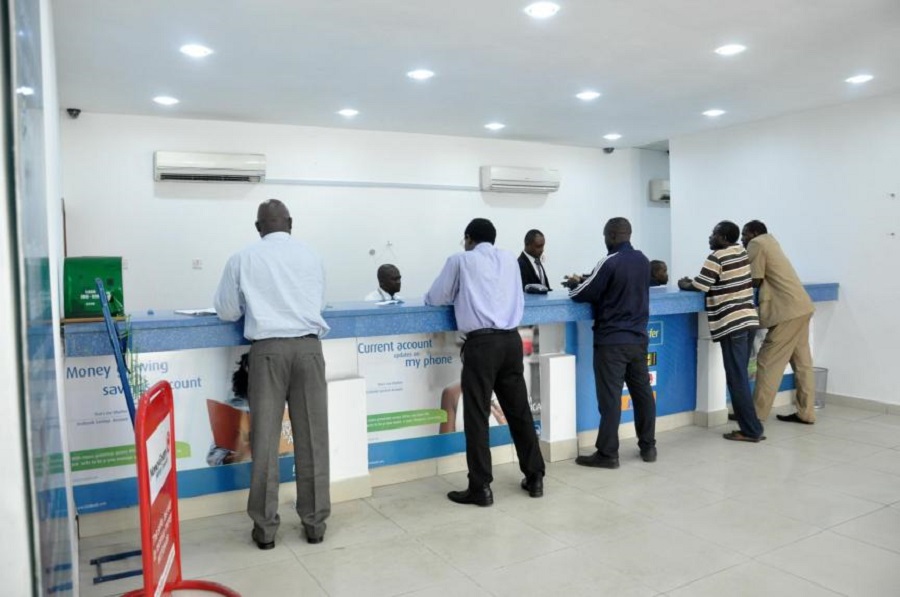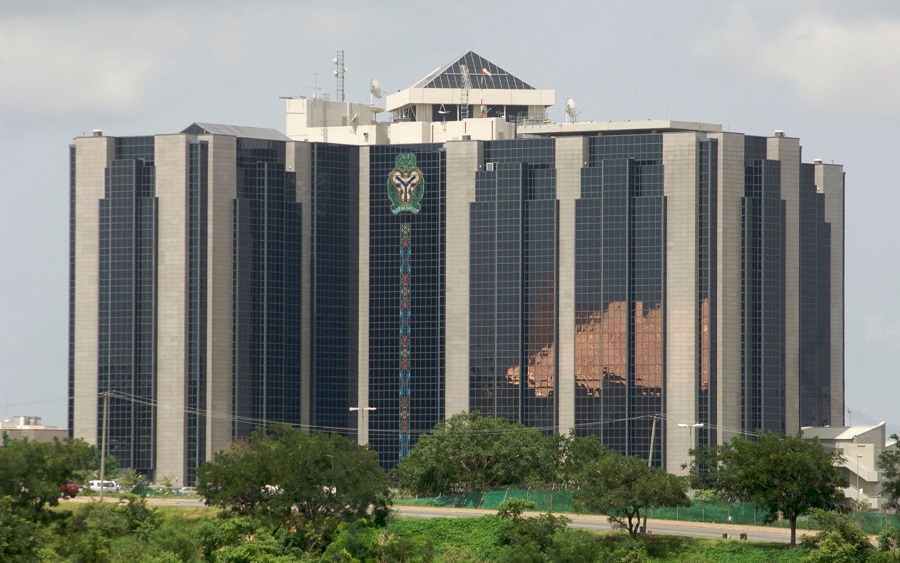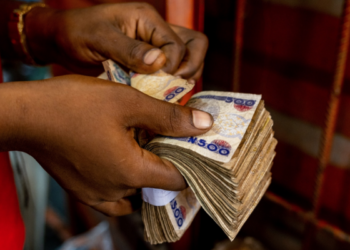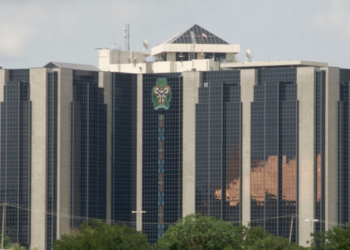The Nigerian Banking Sector has witnessed a number of asset management challenges owing largely to macroeconomic shocks and, sometimes, its operational inefficiencies in how loans are disbursed. Rising default rates over time have led to periodic spikes in the non-performing loans (NPLs) of these institutions and it is in an attempt to curtail these challenges that changes have been made in the acceptable Loan to Deposit (LDR) ratios, amongst others, by the apex regulatory body, CBN.
Projections by EFG Hermes in a recent research report reveal that as a result of the current economic challenges as well as what it calls “CBN’s erratic and unorthodox policies over the past five years,” banks are expected to write off around 12.3% of their loan books in constant currency terms between 2020 and 2022, the highest of all the previous NPL crisis faced by financial institutions within the nation.
Note that Access Bank, FBN Holdings, Guaranty Trust Bank, Stanbic IBTC, United Bank for Africa and Zenith Bank were used to form the universe of Nigerian banks by EFG Hermes.
READ MORE: What banks might do to avoid getting crushed by Oil & Gas Loans
Background
Over the past twelve years, the Nigerian banking system has been through two major asset quality crisis. The first is the 2009 to 2012 margin loan crisis and the other is the 2014 to 2018 oil price crash crisis.
The 2008-2012 margin loan crisis was born out of the lending institutions giving out cheap and readily-available credit for investments, focusing on probable compensation incentives over prudent credit underwriting strategies and stern risk management systems. The result had been a spike in NPL ratio from 6.3% in 2008 to 27.6% in 2009. The same crash in NPL ratio was witnessed in 2014 as well as a result of the oil price crash of the period which had crashed the Naira and sent investors packing. The oil price crash had resulted in the NPL ratio spiking from 2.3% in 2014 to 14.0% in 2016.
Using its universe of banks, the NPL ratio spiked from an average of 6.1% in 2008 to 10.8% in 2009 and from 2.6% in 2014 to 9.1% in 2016. During both cycles, EFG Hermes estimated that the banks wrote-off between 10-12% of their loan book in constant currency terms.
READ MORE: Ratings firm explains why bank non-performing loans could be worse than expected
The current situation
Given the potential macro-economic shock with real GDP expected to contract by 4%, the Naira-Dollar exchange rate expected to devalue to a range of 420-450, oil export revenue expected to drop by as much as 50% in 2020 and the weak balance sheet positions of the regulator and AMCON, the risk of another significant NPL cycle is high. In order to effectively assess the impact of these on financial institutions, EFG Hermes modelled three different asset-quality scenarios for the banks all of which have their different implications for banks’ capital adequacy, growth rates and profitability. These cases are the base case, lower case, and upper case.
Base Case: The company’s base case scenario, which they assigned a 55% probability, the average NPL ratio and cost of risk was projected to increase from an average of 6.4% and 1.0% in 2019 to 7.6% and 5.3% in 2020 and 6.4% and 4.7% in 20201, before declining to 4.9% and 1.0% in 2024, respectively. Based on its assumptions, they expect banks to write-off around 12.3% of their loan books in constant currency terms between 2020 and 2022, a rate that is marginally higher than the average of 11.3% written-off during the previous two NPL cycles. Under this scenario, estimated ROE is expected to plunge from an average of 21.8% in 2019 to 7.9% in 2020 and 7.7% in 2021 before recovering to 18.1% in 2024.
Lower or Pessimistic Case: In its pessimistic scenario which has a 40% chance of occurrence, the company projects that the average NPL ratio will rise from 6.4% in 2019 to 11.8% in 2020 and 10.0% in 2021 before moderating to 4.9% by 2024. It also estimates that the average cost of risk for its banks will peak at 10% in 2020 and 2021, fall to 5.0% in 2022, before moderating from 2023 onwards. Under this scenario, banks are expected to write off around as much as 26.6% of their loan books in constant currency terms over the next three years. Average ROE of the banks here is expected to drop to -8.8% in 2020, -21.4% in 2021 and -2.9% in 2022, before increasing to 19.7% in 2024.
Upper or optimistic case: In a situation where the pandemic ebbs away and macro-economic activity rebounds quickly, the optimistic or upper case will hold. This, however, has just a 5% chance of occurrence. In this scenario, the company assumes that the average NPL ratio of the banks would increase from 6.4% in 2019 to 6.8% in 2020 and moderate to 4.8% by 2024. Average cost of risk will also spike to 4.2% in 2020 before easing to 2.4% in 2021 and average 0.9% thereafter through the rest of our forecast period. Finally, average ROE will drop to 11.6% in 2020 before recovering to 14.4% in 2021 and 19.0% in 2024.
With the highest probabilities ascribed to both the base case and the pessimistic scenario, the company has gone ahead to downgrade the rating of the entire sector to ‘Neutral’ with a probability-weighted average ROE (market cap-weighted) of 13.7% 2020 and 2024. The implication of the reduced earnings and the new losses from written-off loans could impact the short to medium term growth or value of banking stocks. However, in the long term, the sector will revert to the norm as they always do.




















